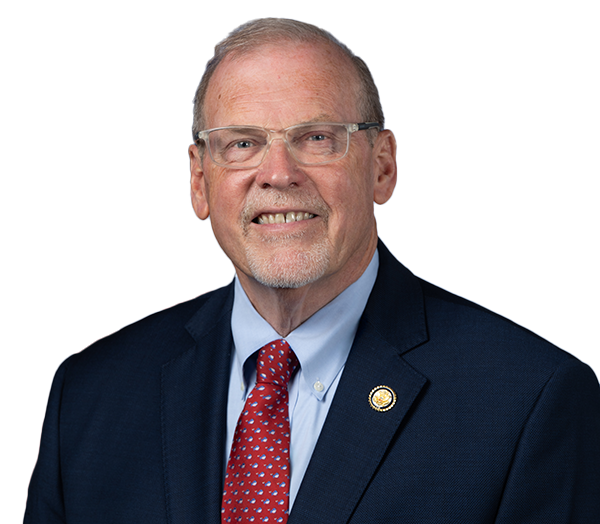Coal group fires back at EPA rule
Bluefield Daily Telegraph,
July 8, 2011
Tags:
Energy and Environment
CHARLESTON — Coal-fired utilities in a 23-state region of the eastern United States will have to ramp up their emissions control efforts by Jan. 1, 2012 in order to comply with the Environmental Protection Agency’s “Cross-state Air Pollution Rule” that was issued on Thursday.
According to information posted on the EPA’s web site, the Cross-state Air Pollution Rule “will help avoid tens of thousands of premature deaths and illnesses, achieving billions in public health benefits.” According to EPA web site, the new rule will reduce between 13,000 to 34,000 premature deaths, 15,000 nonfatal heart attacks, 19,000 hospital and emergency room visits and 400,000 aggravated asthma deaths. EPA presented a similar rule — the Clean Air Interstate Rule of 2005 — that was sent back to EPA following a ruling by a federal judge in 2008. Both rules require power plants in the 23-state region that includes West Virginia and Virginia to dramatically reduce ozone and fine particulate pollution from power plants. However, the timeline for the new regulation sets an implementation date less than six months away. “We appealed the last one,” David M. Flannery said. Flannery is an attorney with Jackson Kelly PLLC, of Charleston who serves as counsel for Midwest Ozone Group said. “We believed they (the EPA) could have fixed the previous rule, but they just threw it out.” Flannery said that his clients, a consortium of electric utilities in the area targeted by the Cross-state Pollution Rule, are concerned that the new rule is “largely unnecessary,” and added that the existing control programs were “more than enough” to reduce the emissions that the EPA was seeking to control. “They apparently ignored those comments,” Flannery said. According to Flannery, the EPA used data collected in 2005 to establish the requirements for its new rule, while the Midwest Ozone Group used data collected in 2008. He said that the 2008 data shows a dramatic decline in the emissions EPA is seeking to control due to scrubbers put in place on coal-fired plants as well as a general decline in emissions “after the economy went into the tank,” and production declined in U.S. industries. Flannery said that “most EPA rules are challenged,” but added that he didn’t know if the group he represents plans to challenge this one. He said the EPA “can’t automatically decide that burning coal is bad,” and expressed appreciation for West Virginia’s represents in congress as well as acting Gov. Earl Ray Tomblin’s support for coal. “The continued jobs-destroyng overreach of the EPA is outrageous, and it’s incomprehensible that in these difficult times, the Administration would be so callous as to arbitrarily impose onerous rules that they know will cost countless American jobs and raise the daily costs of life for so many struggling families,” U.S. Senator Joe Manchin III, D-W.Va., stated in a press release in response to EPA’s new rule. “Once again, the EPA is taking aim at the coal industry, small businesses and hardworking families who help power and build this nation.” U.S. Rep. Morgan Griffith, R-Va., stated in a press release that Appalachian Power has already announced that it will close a coal-fired plant in Giles County, Va. “These rules will cause electric rates to increase significantly, thus making it harder to do business and create jobs,” according to a press release. The EPA stated that the “rule requires significant reductions in sulfur dioxide and nitrogen oxide emissions that cross state lines,” according to the EPA web site. Click HERE to read more. |
Stay Connected
Use the form below to sign up for my newsletter and get the latest news and updates directly to your inbox.

